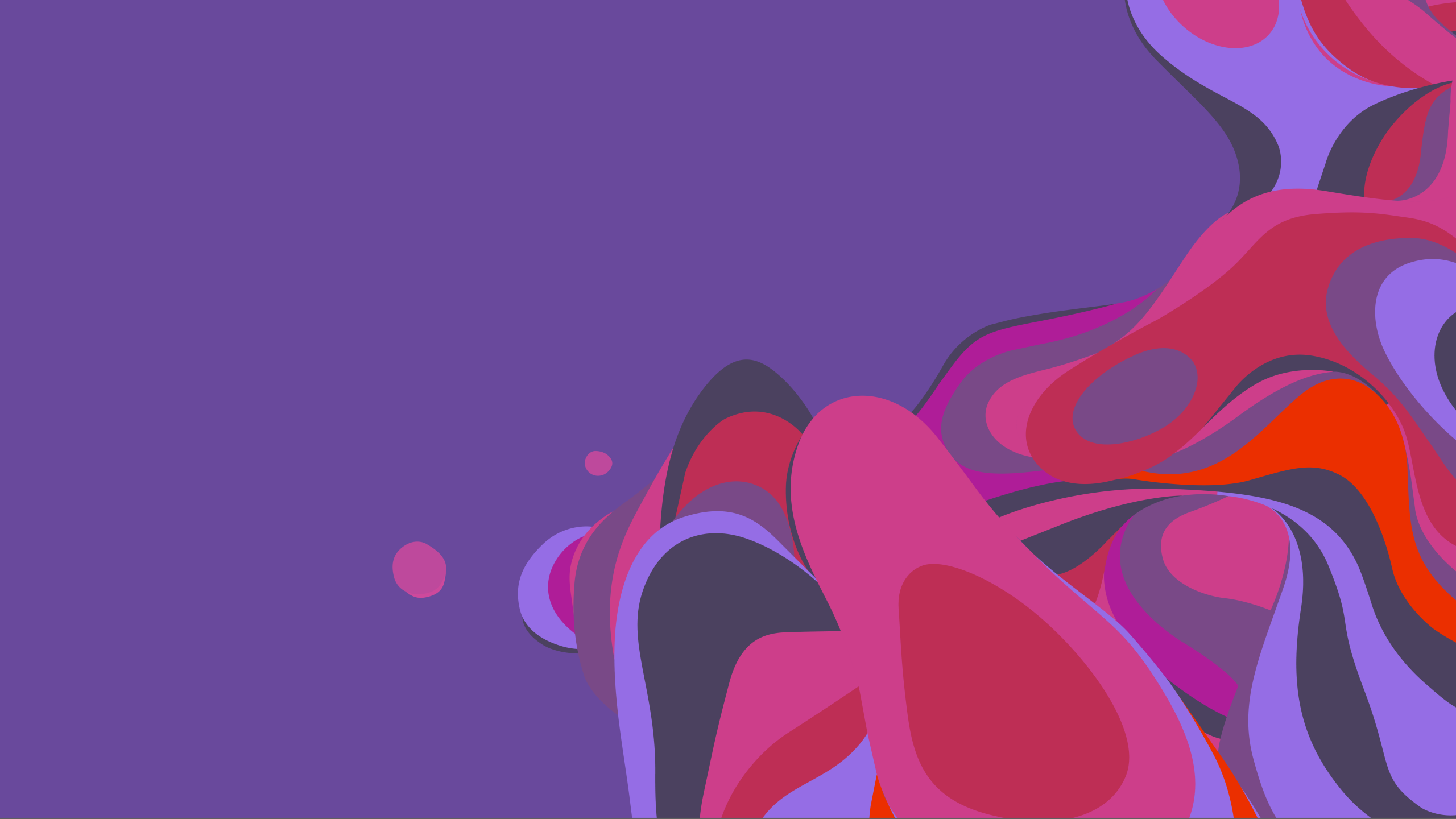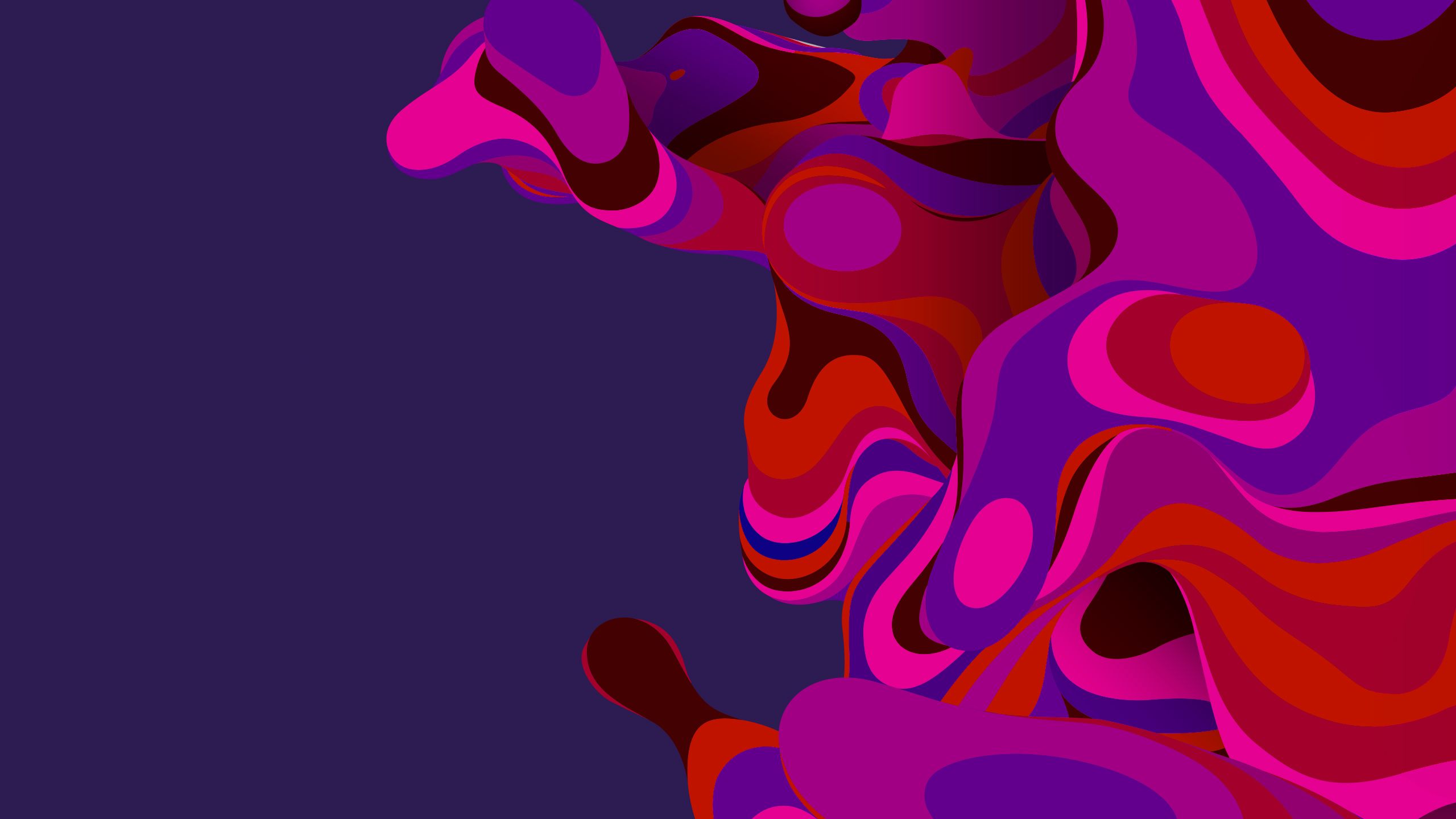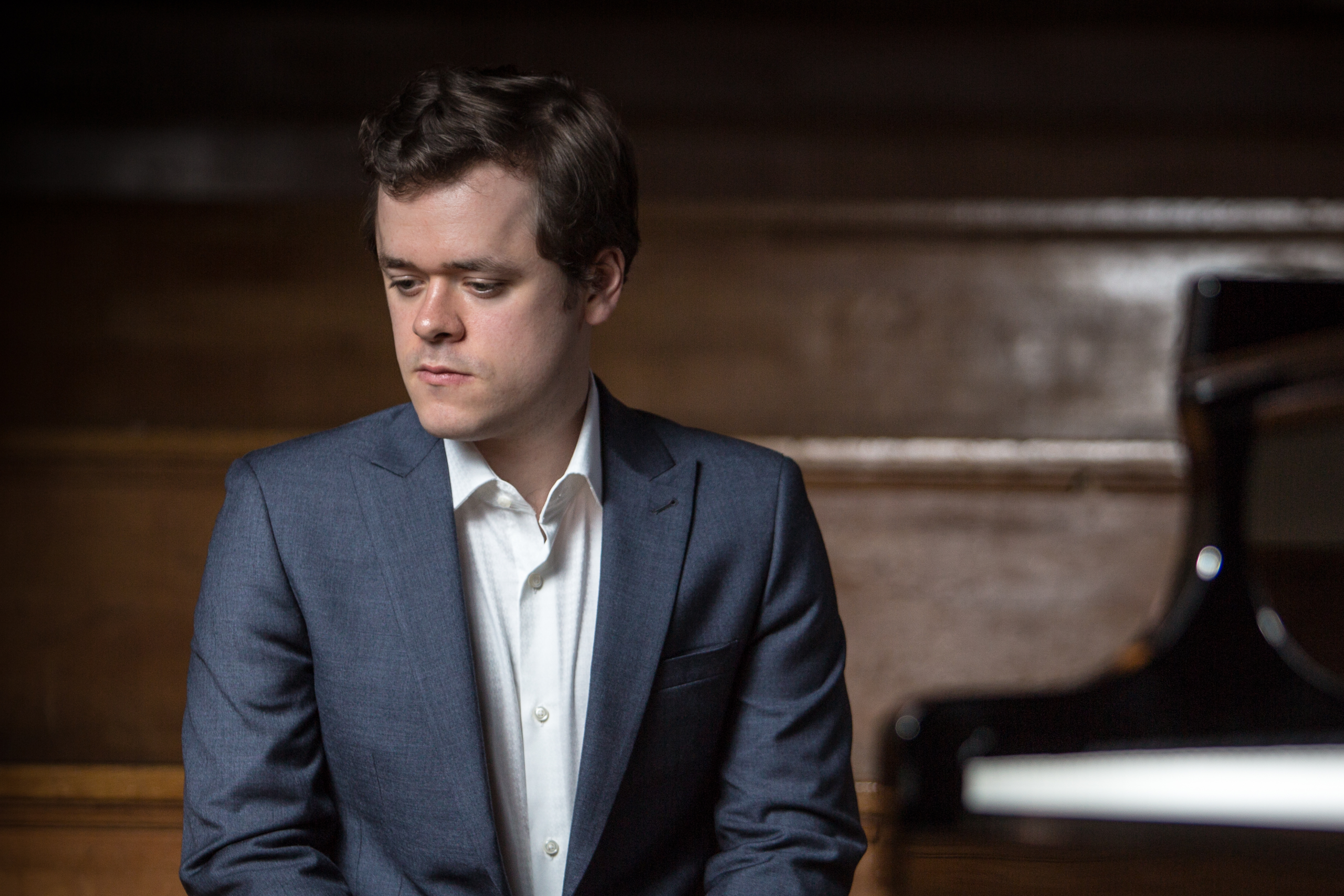Paavo Järvi conducts the Philharmonia Orchestra
Wednesday 9 September, 7.30pm–c9.00pm

Maurice Ravel
Le tombeau de Couperin 17’
Dmitry Shostakovich
Concerto for piano, trumpet and strings (Piano Concerto No. 1) 21’
Wolfgang Amadeus Mozart
Symphony No. 41 in C major, ‘Jupiter’ 31’
Benjamin Grosvenor piano
Jason Evans trumpet
Philharmonia Orchestra
Paavo Järvi conductor
Esa-Pekka Salonen, the advertised conductor, has had to withdraw from tonight’s performance. The Â鶹ԼÅÄ Proms is grateful to Paavo Järvi for taking his place at short notice

This concert is broadcast live by Â鶹ԼÅÄ Radio 3 at 7.30pm and streamed on Â鶹ԼÅÄ iPlayer. You can listen to any of the 2020 Proms concerts on Â鶹ԼÅÄ Sounds or watch on Â鶹ԼÅÄ iPlayer until Monday 12 October.
Welcome to tonight’s Prom
Since his Proms debut in 2011, British pianist Benjamin Grosvenor has become a familiar face at the Royal Albert Hall, so far clocking up eight festival performances – including a First and Last Night. This evening he returns with the Philharmonia Orchestra and Estonian conductor Paavo Järvi to perform Shostakovich’s boisterous First Piano Concerto, a work stuffed with quotations from Classical giants Beethoven and Haydn (as well as Shostakovich himself). Joining them on-stage is the Philharmonia Orchestra’s Principal Trumpet, Jason Evans, who makes his Proms debut as a soloist.
Written nearly two decades before Shostakovich’s concerto, Le tombeau de Couperin is Ravel’s homage to the friends he lost during the First World War. Like Shostakovich, he borrows from the past, basing each of the suite’s four movements on a French Baroque dance. Closing tonight’s concert is Mozart’s final word in the symphonic genre, his magisterial ‘Jupiter’ Symphony which, again like Shostakovich, features several quotations from his own earlier works.


Welcome to tonight’’s Prom
Since his Proms debut in 2011, British pianist Benjamin Grosvenor has become a familiar face at the Royal Albert Hall, so far clocking up eight festival performances – including a First and Last Night. This evening he returns with the Philharmonia Orchestra and Estonian conductor Paavo Järvi to perform Shostakovich’s boisterous First Piano Concerto, a work stuffed with quotations from Classical giants Beethoven and Haydn (as well as Shostakovich himself). Joining them on-stage is the Philharmonia Orchestra’s Principal Trumpet, Jason Evans, who makes his Proms debut as a soloist.
Written nearly two decades before Shostakovich’s concerto, Le tombeau de Couperin is Ravel’s homage to the friends he lost during the First World War. Like Shostakovich, he borrows from the past, basing each of the suite’s four movements on a French Baroque dance. Closing tonight’s concert is Mozart’s final word in the symphonic genre, his magisterial ‘Jupiter’ Symphony which, again like Shostakovich, features several quotations from his own earlier works.


Maurice Ravel (1875–1937)
Le tombeau de Couperin
(1914–17, orch 1919)

1 Prélude
2 Forlane
3 Menuet
4 Rigaudon
One of a number of Ravel’s works that glance backwards to earlier musical models, Le tombeau de Couperin began life as a suite for piano. Ravel started work on the project in 1914, but the First World War interrupted his progress and the piece was not completed until 1917. Six movements – Prélude, Fugue, Forlane, Rigaudon, Menuet and Toccata – were modelled on French Baroque dances and dedicated collectively to the memory of his friends killed in the war. In 1919, the composer scored four of these movements for a small orchestra (omitting the Fugue and the Toccata).

Ravel in his French Army uniform; as a military truck driver during the First World War he spent long hours in open-top vehicles, and this enormous coat protected him from the elements (Lebrecht Music & Art/Bridgeman Images)
Ravel in his French Army uniform; as a military truck driver during the First World War he spent long hours in open-top vehicles, and this enormous coat protected him from the elements (Lebrecht Music & Art/Bridgeman Images)
How can musical works best commemorate loved ones? Ravel’s Tombeau is not a series of elegies. Nor is it intended as a series of personal portraits. Instead, there is the intangible sense of nostalgia, of lost worlds and things ethereal. Ravel’s sophisticated tributes honour the memories of people without encasing them in amber. The music is often moving in both senses of the word. In the Prélude, the constant flow of notes resembles a perpetual motion. The title of the Forlane refers to a lively and quick-paced folk dance associated with Venice; Ravel’s Forlane, however, distinguishes itself with its moderate tempo, lilting rhythms and slightly slurred articulation. The Menuet is both affectionate and stately. Notwithstanding a pastoral middle section, the Rigaudon is characterised by bright sonorities and high-stepping gestures, which bring the piece to an exuberant conclusion.
Dmitry Shostakovich (1906–1975)
Concerto for Piano,
Trumpet and Strings, Op. 35
(Piano Concerto No. 1)
(1933)

1 Allegro moderato –
2 Lento –
3 Moderato –
4 Allegro con brio
Benjamin Grosvenor piano
Jason Evans trumpet
Not unlike memorial compositions, the vast genre of the piano concerto is filled with grand works of poignant lyricism. Yet Shostakovich’s Piano Concerto No. 1 is also irreverent, boisterous and witty. It features a menagerie of musical quotations from the likes of Beethoven – his Piano Concerto No. 3, among other works – and fellow musical humorist Haydn, as well as popular sources such as folk tunes. Furthermore, its sequences of diverse original themes are casually interspersed with references to other pieces by the composer himself; Shostakovich was a keen self-parodist.

Each of the concerto’s four movements has its own unpredictable shape, purposefully defying expectations. This music is teeming with ‘wrong notes’ and the scoring is unconventional; in addition to the solo pianist, there is the unusual, neo-Baroque combination of one lone trumpet and a body of strings. It is particularly the trumpet that is responsible for making the piece as solemn as it is funny (subsequent film composers such as Ennio Morricone would later resort to this instrument precisely because of its potential for producing a variety of opposing moods). Shostakovich exploited the musical clichés of his time and generated new ones. For example, the second movement tweaks and digs at the musical stereotypes of the waltz. At the same time, the plaintive, sustained tunes seem to prefigure those of Samuel Barber’s Adagio for Strings.
In the six years prior to his Piano Concerto No. 1, Shostakovich had written the daring ballets The Golden Age and The Bolt, as well as the satirical opera The Nose and the progressive Second and Third Symphonies. The concerto was a chance to produce a work in a lighter spirit, that also allowed the composer to show off his strengths as a pianist (he appeared as pianist in the work’s premiere). Hence the piano part requires brilliance, virtuosic agility and the ability to execute sudden shifts in dynamics.
Wolfgang Amadeus Mozart (1756–91)
Symphony No. 41 in C major,
K551 ‘Jupiter’
(1788)

1 Allegro vivace
2 Andante cantabile
3 Menuetto and Trio: Allegretto
4 Molto allegro
Shostakovich’s first piano concerto and Mozart’s final symphony both cover a wide range of emotions, often in quick succession. In fact, the Symphony No. 41 begins with a theme that rests upon sharp dynamic and expressive contrasts; this characteristic can be brought into close relation with late 18th-century preoccupations with drama. During the summer of 1788, with but four years to live, Mozart completed three symphonies. No. 41, which was posthumously nicknamed ‘Jupiter’, was the last and longest of the set. There are resonances of opera seria in the first movement (Allegro vivace), but its second group of themes transports us into the realm of opera buffa, quoting the composer’s bass aria ‘Un bacio di mano’ (‘A kiss on the hand’), which includes the words: ‘You are a little dense, my dear Pompeo’.
The second movement (Andante cantabile) draws upon the sarabande, a dance form similar to those found in the French keyboard suites that inspired Ravel’s Tombeau. Moreover the sinuous and elegant third movement (Menuetto and Trio: Allegretto) recalls Ravel’s motto, ‘Complexe mais pas compliqué’ (‘complex but not complicated’), which carries over into the ease with which Mozart combines five major themes in the famous finale (Molto allegro): the first of these themes – a motif present in several other pieces by Mozart – consists of just four notes.
Programme note © Lucía Camacho Acevedo
Lucía Camacho Acevedo is a pianist and music writer. Born and raised in Madrid, she is currently engaged in a PhD on musical texture at Royal Holloway, University of London, and is a music Research Fellow at the Library of Congress, Washington DC.
Biographies
Paavo Järvi conductor

Paavo Järvi (Kaupo Kikkas)
Paavo Järvi (Kaupo Kikkas)
Born in Tallinn, Estonia, Paavo Järvi studied percussion and conducting at the Tallinn School of Music. In 1980 he moved to the USA where he continued his studies at the Curtis Institute of Music and Los Angeles Philharmonic Institute with Leonard Bernstein.
He is Chief Conductor of the Tonhalle Orchestra Zurich and NHK Symphony Orchestra and Artistic Director of the Deutsche Kammerphilharmonie Bremen and Estonian Festival Orchestra, the latter of which he founded in 2011. He is Conductor Laureate of the Frankfurt Radio Symphony Orchestra, Music Director Laureate of the Cincinnati Symphony Orchestra and Artistic Advisor of the Estonian National Symphony Orchestra.
In the 2020–21 season, with the Tonhalle Orchestra Zurich, he plans to give the Swiss premiere of a new version of Arvo Pärt’s La Sindone, begin a Mendelssohn cycle and complete a Tchaikovsky symphony cycle. With the NHK Symphony Orchestra he will release a recording of Stravinsky–Balanchine collaborations, and with the Deutsche Kammerphilharmonie Bremen he plans to give a complete Beethoven symphony cycle in Bremen, Frankfurt and Asia.
Last year he was named Conductor of the Year by Germany’s OPUS KLASSIK. Other prizes include a GRAMMY Award, Artist of the Year from both Gramophone and Diapason and Commandeur dans l’Ordre des Arts et des Lettres by the French Ministry of Culture. He was awarded the Order of the White Star by the President of Estonia in 2013 and in 2015 was presented with the Sibelius Medal.
Jason Evans trumpet
Proms Debut Artist

Jason Evans (Camilla Greenwell)
Jason Evans (Camilla Greenwell)
Jason Evans was born on the Isle of Man, where he started playing the cornet aged 6. He studied at Chetham’s School of Music in Manchester and later at the Royal Academy of Music in London. He is now a Professor of Trumpet at the Royal College of Music and Principal Trumpet of the Philharmonia Orchestra, making him one of the youngest Principal Trumpets in the UK.
He has performed with the Hallé, Onyx Brass and Superbrass and as Guest Principal Trumpet with the London and Royal Philharmonic orchestras, Gabrieli Consort & Players, London Sinfonietta and London Symphony Orchestra. He is also a founding member of the award-winning London-based brass quintet Inner City Brass.
Touring performances have taken him across Europe, the Americas, Australasia and Asia. Prior to joining the Philharmonia, he was on trial for the Principal Trumpet position with the Royal Scottish National, Â鶹ԼÅÄ Symphony and Bournemouth Symphony orchestras. He was offered the Principal Trumpet positions in the latter two before deciding to join the Philharmonia.
Benjamin Grosvenor piano

Benjamin Grosvenor
Benjamin Grosvenor
British pianist Benjamin Grosvenor first came to prominence as the winner of the Keyboard Final of the 2004 Â鶹ԼÅÄ Young Musician competition, aged 11. He graduated from the Royal Academy of Music in 2012 with the Queen’s Commendation for Excellence, and in 2016 was awarded a Fellowship from the institution.
Recent concerto highlights include engagements with the Boston, City of Birmingham, London and San Francisco Symphony orchestras, London and Radio France Philharmonic orchestras, Gürzenich Orchestra Cologne, Hallé and Philadelphia Orchestra, as well as a tour of China with the Britten Sinfonia.
He regularly gives recitals at such venues as the Théâtre des Champs-Élysées, Palau de la Música Catalana and Wigmore Hall. Also a keen chamber musician, in the 2020–21 season he embarks on a North-American tour with the Doric String Quartet; perform duo concerts with violinist Hyeyoon Park; join musicians from the Radio France Philharmonic Orchestra for a chamber concert; and perform at the Koblenz International Music Festival, Schloss Elmau, Bavaria, and Verbier Festival.
His most recent recording, featuring Chopin’s piano concertos, was named ‘Recording of the Month’ by Gramophone. He has also received Gramophone’s Young Artist of the Year and Instrumental Awards, a Classic BRIT Critics’ Award, UK Critics’ Circle Award for Exceptional Young Talent and a Diapason d’Or Young Talent Award.
Philharmonia Orchestra
The Philharmonia Orchestra is led by its Principal Conductor and Artistic Advisor Esa-Pekka Salonen. It has been resident at the Southbank Centre’s Royal Festival Hall since 1995 and normally presents a season of around 50 performances, with orchestral programming complemented by series including Philharmonia at the Movies, Music of Today, the Philharmonia Chamber Players and an Insights programme.
The orchestra has residencies at Bedford Corn Exchange, De Montfort Hall in Leicester, the Marlowe Theatre in Canterbury, The Anvil in Basingstoke (where it is Orchestra in Partnership), the Three Choirs Festival and Garsington Opera. At the heart of these residencies is the education programme Orchestra Unwrapped; the intergenerational creative music-making community project Hear and Now; and the urban-classical project Symphonize. An Emerging Artists programme aims to develop the next generation of composers and instrumentalists.
The Philharmonia Orchestra also performs internationally. Highlights of the 2019–20 season have included a tour to Europe, with a return to Hamburg’s Elbphilharmonie, a tour of Japan and South Korea and a performance in the Canary Islands with Principal Conductor Designate, Santtu-Matias Rouvali.
The orchestra’s strong digital programme has enabled it to maintain an international presence during lockdown, with streamed archive performances and educational films introducing the sections of the orchestra and individual players. In June it launched the Philharmonia Sessions, a series of performances created specially for streaming, with a concert featuring cellist Sheku Kanneh-Mason and conductor John Wilson.
First Violins
Zsolt-Tihamér Visontay leader
Rebecca Chan
Eugene Lee
Karin Tilch
Victoria Irish
Lulu Fuller
Adrián Varela
Second Violins
Annabelle Meare
Fiona Cornall
Samantha Reagan
Susan Hedger
Nuno Carapina
Julian Milone
Violas
Yukiko Ogura
William Bender
Sylvain Séailles
Linda Kidwell
Stephanie Edmundson
Cellos
Timothy Walden
Karen Stephenson
Richard Birchall
Alexander Rolton
Double Basses
Tim Gibbs
Gareth Sheppard
Simon Oliver
Flutes
Charlotte Ashton
June Scott
Piccolo
June Scott
Oboes
Tom Blomfield
Maxwell Spiers
Cor Anglais
Maxwell Spiers
Clarinets
Mark van de Wiel
Laurent Ben Slimane
Bassoons
Emily Hultmark
Luke Whitehead
Horns
Diego Incertis Sánchez
Kira Doherty
Trumpet
Christian Barraclough
Natural Trumpets
Christian Barraclough
Robin Totterdell
Timpani
Antoine Siguré
Harp
Heidi Krutzen
The list of players was correct at the time of publication
We hope you enjoyed tonight’s performance
For full details of Â鶹ԼÅÄ Proms 2020 concerts and broadcasts, visit bbc.co.uk/proms
Online programme produced by Â鶹ԼÅÄ Proms Publications


